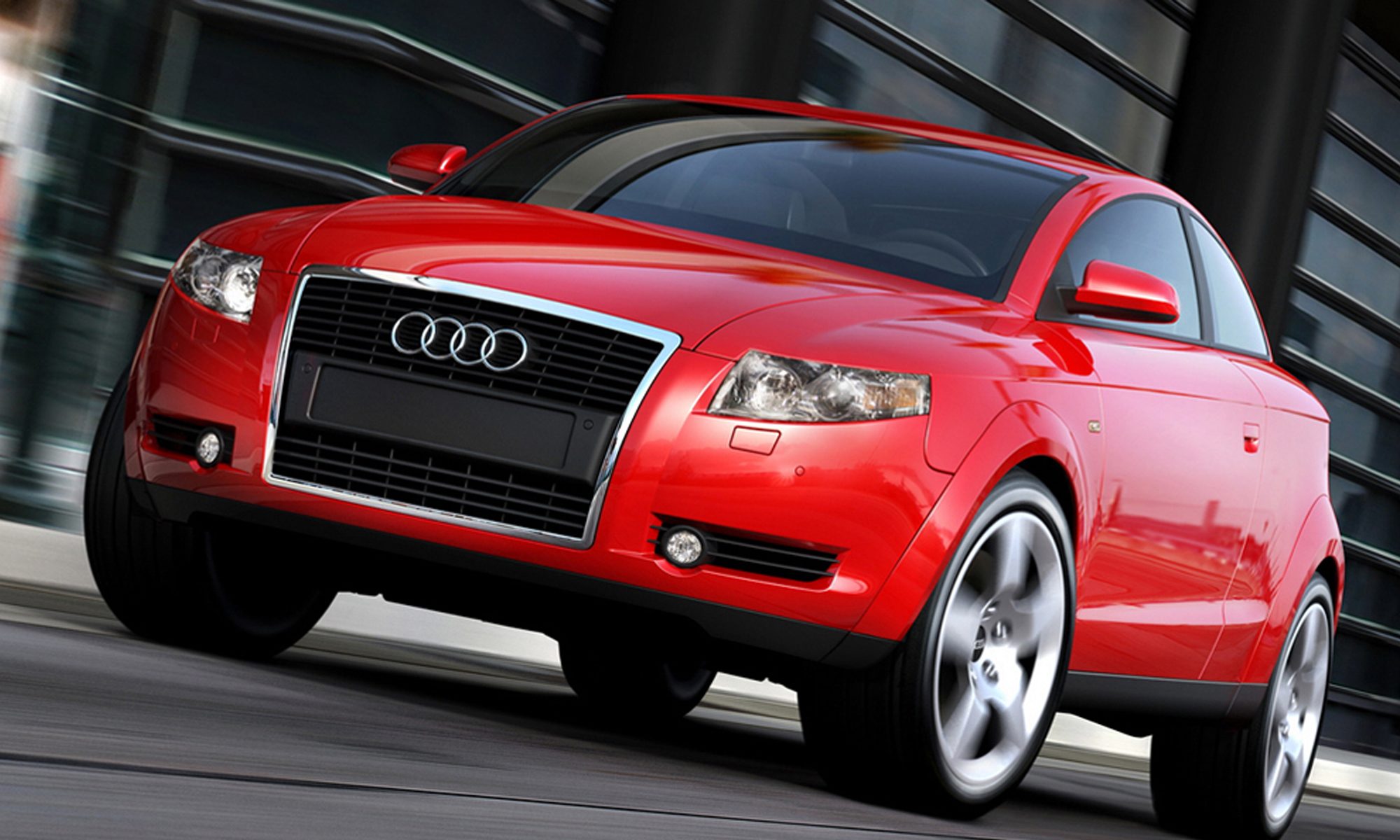IAA 2013 | Porsche 918 Spyder
In order to dream, we have to tell you something about the Porsche 918 Spyder. The design is not surprising. It is after all a Porsche using the spirit of Stuttgart’s past to (re)invent the future. This car is a real beast, yet the design is “no frills”, just the essentials. And this Porsche can offer a 100% electric mode, called e-Power, for between 16 and 32 kilometers…
IAA 2013 | Audi Sport Quattro Concept
Celebrating 30 years since the original Quattro, Audi revealed the Audi Sport Quattro Concept. Well…first of all there is no doubt that it is an Audi. Large shoulders, clean design. The single-frame grille, with sculpted inserts, is now in 3D, made of two sections: the lower is nearly vertical and the upper continues the hood line. This concept does not have as much DNA from the 80’s Quattro as the previous Quattro concept shown in Paris in 2011, but it certainly gives us some good hints of Audi’s design direction.
Things are changing. Not too fast, but changing…
IAA 2013 | Volvo Concept Coupé
With the Volvo Concept Coupé the Swedish company demonstrated a certain kind of wisdom in the design direction. Some will say that it is rather “dejà-vu”, but the style remains elegant. In contrast to the Lexus discussed above, lines are clean, simple and justified.The design language is clearly understandable — you quickly feel comfortable with it. We are willing to bet that the next generation XC or V will have a lot of influence from this design direction. One small detail we felt was important: the shape of the line under the door handle is reminiscent of the P1800…That’s part of the Volvo heritage, isn’t it?


















































































































































Vous devez être connecté pour poster un commentaire.